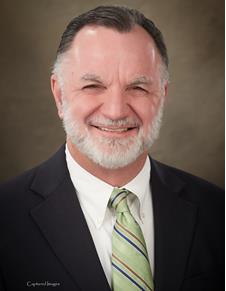
Poverty
Economic development is not about the rich getting richer. It should be about lifting all sectors of our economy by giving everyone a chance to succeed. That includes supporting education, health care and charities that target short-term help to those in immediate need. As individuals, we should also look charitably on our neighbors in need and help as we can in safe and productive ways according to the resources we have been afforded. An economy cannot be considered successful that leaves a segment of the population behind.
There is good news on the poverty front. According to a 2019 article entitled “Global Extreme Poverty” by Max Roser and Esteban Ortiz-Ospina, 1.9 billion people worldwide lived in extreme poverty in 1990; by 2020, estimates are that the number was 479 million, a 74.8% drop over the last 30 years. Estimates are that the number will stabilize and be about the same in 2030.
Looking back further, the article observes that 94% of the world lived in extreme poverty in 1820; now, that number is 9.6%. The big winner has been Asia. The losers? Sub-Sahara Africa and the Middle East; both regions have lost ground to poverty. All other regions have improved their poverty percentage. There is no question that the wave of freedom initiated in the 18th century, including the American and French Revolutions, have had a positive, long-term economic impact on the world. For the first time in modern history, a high percentage of the world had the power of self-determination.
What about Bourbon County, Kansas? In 1990, the rate was 19.7%, well above the State number of 11.5% and higher than all surrounding counties. By 2010, the number had lowered to 15.9%, which was still above the State average of 13.2%, but below neighboring counties. Since then, the number has gone up and down significantly, cresting at 20.9% in 2012, and mitigating to 15.6% by 2019; that number leaves us below the surrounding counties to the South, but remains above the State percentage at 11.3% and Linn County at 12.0%.
What can we do about poverty in Bourbon County from an economic development perspective? First, we need to define the size and nature of the demographic. Who are they and where do they live? Only then can we make sure that all new development and investments in Bourbon County have elements that help the impoverished, not further isolate or marginalize them.
Additionally, we need to support charitable and governmental programs and outreaches to those below the poverty line, including health care and education, both public and private. Community development must consider all segments, geographies and entities within out county and encourage positive investments in the totality.
As we begin the process of a third party analysis of Bourbon County, we will be mindful of the whole county. We need everyone to come along with us if our community is to be the best that we can be.